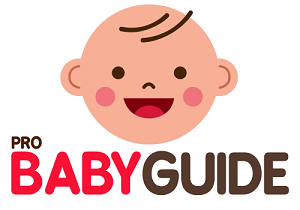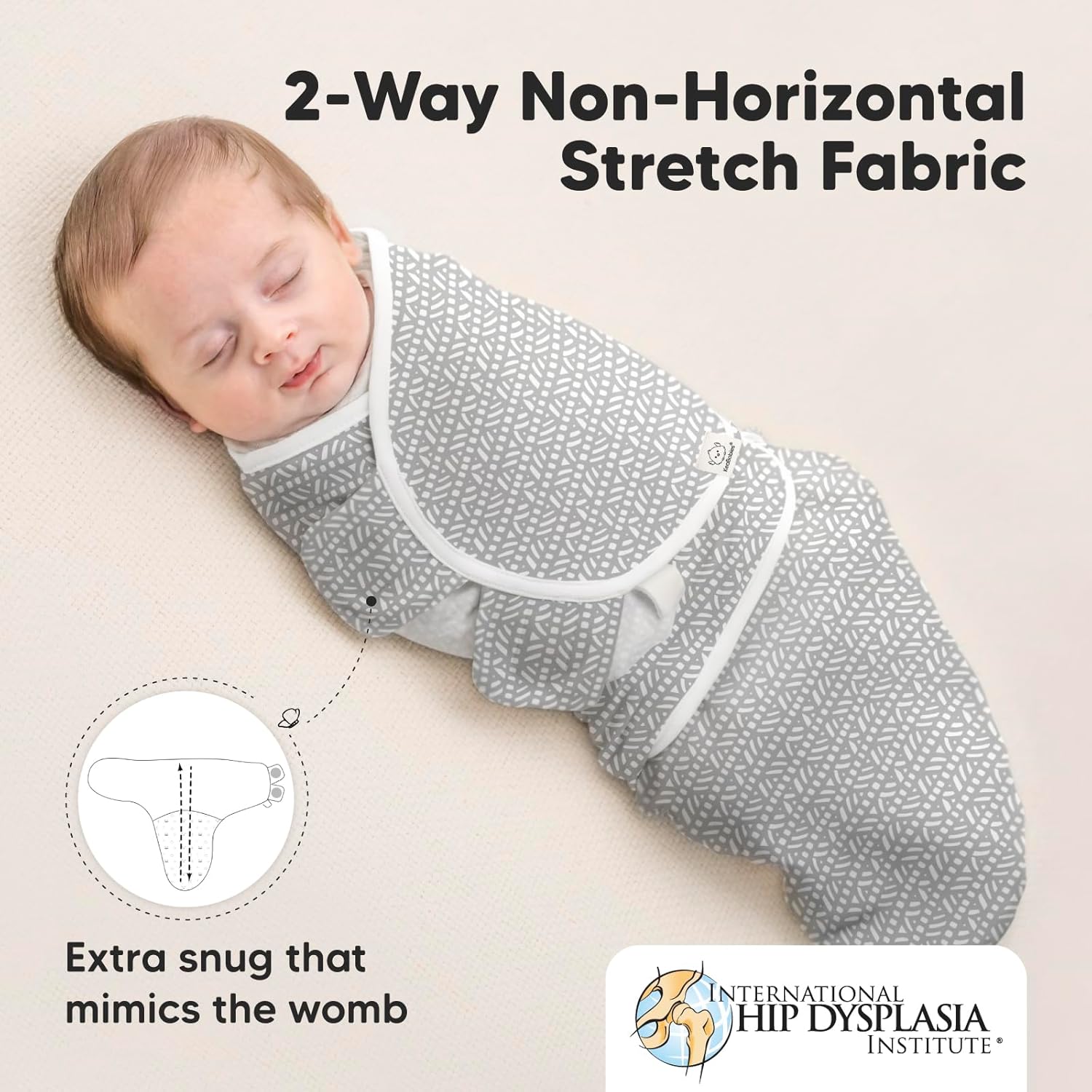Okay, so you’ve got this tiny human who loves to wriggle around in their sleep. You’re probably exhausted from constantly checking if they’ve kicked off their blankets and gotten cold. Maybe you’ve heard about baby sleeping bags and wondered, “Are those things safe and helpful?”
I get it. As a parent, you want the best for your little one. You want them to be cozy, safe, and – let’s be honest – sleep soundly so you can too! Let’s dive into the world of baby sleeping bags and see if they’re the right fit for your family.
What is a Baby Sleeping Bag?
Think of it like a wearable blanket. It’s a sleeveless sack with a fitted neck and armholes, designed to keep your baby warm and snug all night long. No more loose blankets to worry about!

Why Should I Consider a Baby Sleeping Bag?
Safety First!
According to the American Academy of Pediatrics (AAP), loose blankets in a crib increase the risk of Sudden Infant Death Syndrome (SIDS) and suffocation. Scary, right? Baby sleeping bags eliminate this risk because they can’t cover your baby’s face.
Temperature Control
Babies are notorious for not being able to regulate their temperature very well. A sleeping bag helps maintain a consistent temperature, preventing them from overheating or getting too chilly.
Comfort is Key
Imagine being all snuggled up like a burrito. That’s how your baby feels in a sleeping bag! This comfy feeling can help them settle down and sleep better.
No More Escape Artist!
Does your little one Houdini their way out of their swaddle? With a sleeping bag, they can still move their arms and legs freely, but they can’t wriggle out and get cold.

Different Types of Baby Sleeping Bags
Just like there are different types of blankets, there are different types of sleeping bags. Here’s a quick rundown:
TOG Ratings: What the Heck are Those?
You’ll see this number on most sleeping bags. TOG stands for Thermal Overall Grade and tells you how warm the sleeping bag is.
- Lower TOG (0.5 – 1.0): Perfect for warmer rooms or summertime.
- Higher TOG (2.5 – 3.5): Ideal for colder rooms or winter.
Think of it like this: a thick winter coat has a higher TOG than a light jacket.
Different Styles
- Standard Sleeping Bags: These are the most common type, with armholes and a zipper.
- Sleeveless Sleeping Bags: These are great for warmer temperatures and allow for more arm movement.
- Swaddle Transition Bags: These are perfect for transitioning your baby out of a swaddle. They often have features like zip-off arms.

How to Choose the Right Sleeping Bag
Choosing the right sleeping bag can feel overwhelming with so many options. But don’t worry, it’s not as complicated as it seems.
Size Matters
Make sure you choose the right size for your baby. A sleeping bag that’s too big can be a safety hazard. Look for bags with a snug fit around the neck and armholes.
Consider the Season
Remember those TOG ratings we talked about? Choose a TOG that’s appropriate for the room temperature.
Fabric Choice
Natural fibers like cotton and merino wool are breathable and help regulate temperature.
Features
Some sleeping bags have extra features like zip-off arms, two-way zippers for easy diaper changes, and travel slots for car seat straps.

Busting Some Sleeping Bag Myths
Myth 1: Sleeping Bags Restrict Movement
Nope! Sleeping bags allow plenty of legroom for those all-important kicks and wiggles.
Myth 2: Babies Overheat in Sleeping Bags
Not if you choose the right TOG rating for the room temperature!
Myth 3: Sleeping Bags are Only for Winter
Wrong again! Lightweight sleeping bags are perfect for warmer months.
Tips for Safe Sleeping Bag Use
- Always place your baby on their back to sleep.
- Make sure the sleeping bag fits snugly around the neck and armholes.
- Never use a sleeping bag with a duvet or blanket.
- Choose the right TOG rating for the room temperature.
- Follow the manufacturer’s washing instructions.
Making the Transition to a Sleeping Bag
Switching to a sleeping bag can be a big change for your baby. Here are some tips to make the transition smoother:
- Start gradually. Introduce the sleeping bag during naps first.
- Create a consistent bedtime routine. This will help your baby associate the sleeping bag with sleep.
- Offer comfort and reassurance. If your baby seems unsettled, offer extra cuddles and soothing words.

When to Stop Using a Baby Sleeping Bag
Most babies transition out of sleeping bags between 18 and 24 months old, or when they start climbing out of their crib. But every baby is different, so follow your little one’s cues.
Beyond Sleep: Other Uses for Baby Sleeping Bags
Did you know that sleeping bags can be used for more than just sleep?
- Travel: They’re perfect for keeping your baby warm and cozy in the car seat or stroller.
- Playtime: Some sleeping bags can even be converted into play mats.
Are Baby Sleeping Bags Worth It?
Absolutely! They offer a safe, comfortable, and convenient way for your baby to sleep. Plus, they can give you peace of mind knowing your little one is snug and secure all night long.
Think of it this way: a good sleeping bag is an investment in your baby’s sleep and your sanity. And let’s face it, as a parent, you can never have too much of either!
A Final Word
Choosing whether or not to use a baby sleeping bag is a personal decision. But hopefully, this guide has given you the information you need to make the best choice for your family. Remember, the most important thing is to create a safe and comfortable sleep environment for your little one.

